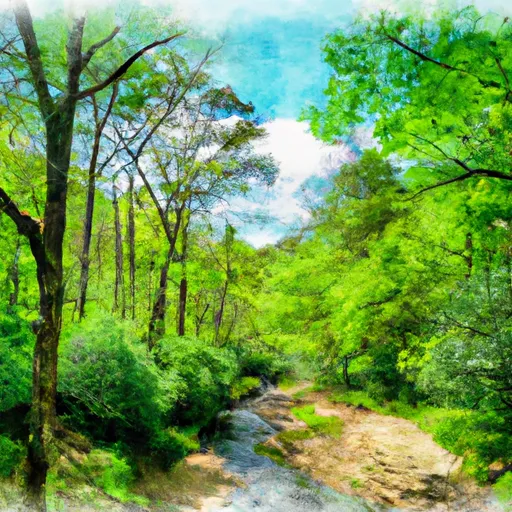°F
°F
mph
Windspeed
%
Humidity











Samson, Alabama is a charming town located in the southeastern part of the state. Known for its beautiful natural surroundings, Samson enjoys a mild climate with hot summers and mild winters. The area experiences an average annual temperature of around 67°F (19°C), making it ideal for outdoor activities throughout the year.
Samson is blessed with abundant hydrology constituents. The town is located near the Conecuh River, which provides opportunities for fishing, boating, and other water-based activities. Additionally, the area is dotted with numerous lakes and ponds, offering serene settings for picnicking, birdwatching, and hiking along the shores.
Outdoor recreation enthusiasts will find plenty to do in Samson. The town boasts several parks and trails, such as the Samson City Park, which features playgrounds, sports fields, and walking paths. Nearby Geneva State Forest provides opportunities for camping, hiking, and wildlife observation.
In conclusion, Samson, Alabama offers a pleasant climate, an array of hydrology constituents, and diverse outdoor recreation opportunities. Whether you enjoy fishing, boating, hiking, or simply immersing yourself in nature, Samson has something for everyone.
Weather Forecast
Samson receives approximately 1471mm of rain per year, with humidity levels near 87% and air temperatures averaging around 19°C. Samson has a plant hardyness factor of 8, meaning plants and agriculture in this region tend to thrive here all year round.
Regional Streamflow Levels
30
Cubic Feet Per Second
943
Cubic Feet Per Second
79
Cubic Feet Per Second
293
Cubic Feet Per Second
Nearby Camping
| Camping Area | Reservations | Toilets | Showers |
|---|---|---|---|
| Wind Creek State Park | |||
| Anniston Army Depot RV Military | |||
| Lake Chinnabee | |||
| Grayton Beach State Park | |||
| Fort Toulouse/Jackson Park | |||
| Noccalula Falls Campground |



